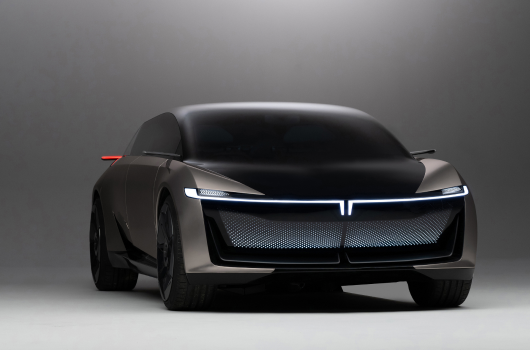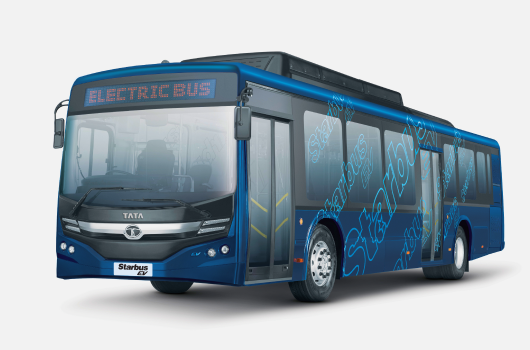
- Future of Mobility
- Organisation
- Business
- Corporate Responsibility
- Investors

- Investor overview
- Financial information
- Governance and regulatory information
- Shareholder information
- Fixed income
- Volumes
- ESOP
- Other information
- Investor calendar
- ESG profile
- Extraordinary general meeting
- Disclaimer
- Investor contacts
Investors
Access our latest announcements, results, share price information and other resources here
- Newsroom
- Careers
- Search
- Contact














